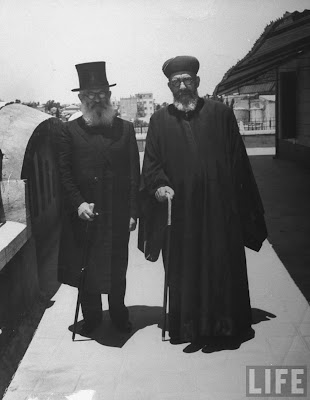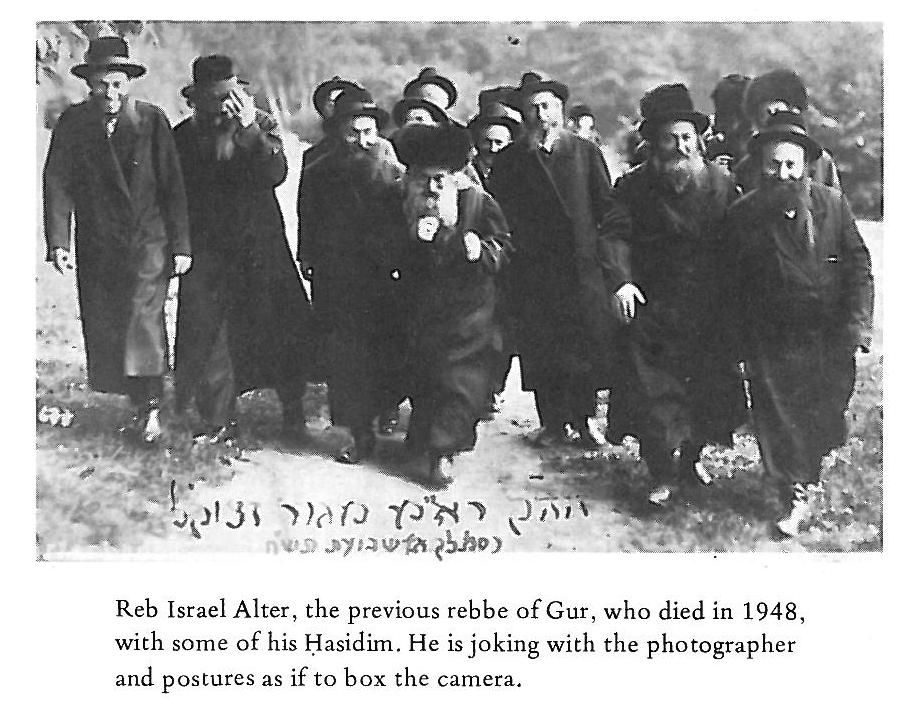On the fifth and sixth of February this year, I participated in the first "Hindu-Jewish Leadership Summit" at Delhi, India. This summit was attended by a delegation of the Chief Rabbinate of Israel and some prominent European rabbis, and religious leaders of the Hindu Dharma. I was asked to participate, perhaps because I had served briefly as a rabbi in India many years ago, and was therefore thought to have some understanding of Indian culture and religion.
Many leading Achariahs and Swamis from all over India were present, and a very lively and probing dialogue took place. In our discussions we asked them whether Hinduism is a polytheistic and idolatrous religion, and they all unanimously and most vigorously denied such an assertion, explaining the apparent outward manifestations of idolatry in a completely different fashion.
At the end of the conference, a "Declaration of Mutual Understanding and Cooperation" was co-signed by all participants. Perhaps the most significant clause in the whole document in this context is the opening one:
The participants affirmed that:
1) Their respective traditions teach Faith in One Supreme Being
who is the Ultimate Reality, who has created this world in its
blessed divinity and who has communicated Divine ways of action
for humanity for different peoples in different times and places.
[1] They base this assertion on passages from the most ancient and canonical of their sacred writings, whose formulations surely attest to such belief. The following are some examples that they offer:
Rgveda Sambita
There is one reality; the wise speak of it in various ways. Rg. Veda.I.164.46c
Chandogya Upanisad (Sama Veda)
Only one non-dual limitless reality. ChU 6.2.1
Brhadaranyaka Upanisad (Shuklayajur Veda)
There is no second thing here at all. BrU 4.4.19
Taittiriya Upanisad (Krsnayajur Veda)
The one that is in this person is the one that is in the universe; he is one. TaiU 2.8.5
Katha Upanisad: (Krsnayajur Veda)
He has no sound, no texture, no form, is changeless, free from taste, time and smell, has no beginning or end, is beyond the intellect and absolutely constant. KaU 1.3.15
A series of verses (2.2.9-12) in this Upanisad uses illustrations to show that the one being is both immanent and transcendent.
Just as fire, which is one, having entered the world, assumed a form corresponding to each of its manifestations, so too the being self within all beings, who is one, assumed a form corresponding to each, yet is apart (transcendent). KaU 2.2.9
Just as air, which is one, having entered the world, assumed a form corresponding to each of its manifestations, so too the being within all beings, who is one, assumed a form corresponding to each, yet is apart (transcendent). KaU 2.2.10
Just as the sun, which is the eye of the world, is not touched by the defects of external things that are seen, so too the being within all beings, who is one and transcendent, is not touched by the grief of the world. KaU 2.2.11
One being within all beings, who is the master, who makes a single form manifold – those wise ones who recognize clearly that one who abides in themselves, have lasting happiness, not anyone else. KaU 2.2.12
Svetasvatara Upanisad (Krsnayajur Veda)
The one effulgent being, hidden in all beings, all-pervasive, the being/self within all beings, who presides over actions and their results, who dwells in all beings, the witness, consciousness, who is absolute and free from attributes, SvU 6.11
Kena Upanisad (Sama Veda)
That which is not revealed by speech, and by which speech is revealed; know only that as Brahaman, not what people worship as an object. KaU 1.5
That which is cannot be thought of by the mind, and because of which, they say, the mind thinks: know only that as Brahman, not what people worship as an object. KaU 1.6
That which one does not see with the eyes, and because of which the eyes see; know only that as Brahman, not what people worship as an object. KaU 1.7
Mundaka Upanisad (Atharva Veda)
The one who cannot be seen or grasped, who has no lineage or class, no ear or eye (no limitation in knowledge) or hand or foot (no limitation in power), is free from time, all-pervasive, extremely subtle, changeless and the source of all beings, the wise ones recognize clearly. MuU 1.6
 This coming Thursday (24th Decemeber 2009) I am flying to the holy land for my very first time, Thank G-d. It is a special privilege and honour that I have been given, which I am very grateful for. I will be there until the 22nd of January.
This coming Thursday (24th Decemeber 2009) I am flying to the holy land for my very first time, Thank G-d. It is a special privilege and honour that I have been given, which I am very grateful for. I will be there until the 22nd of January.



 There is a fascinating article "
There is a fascinating article "


